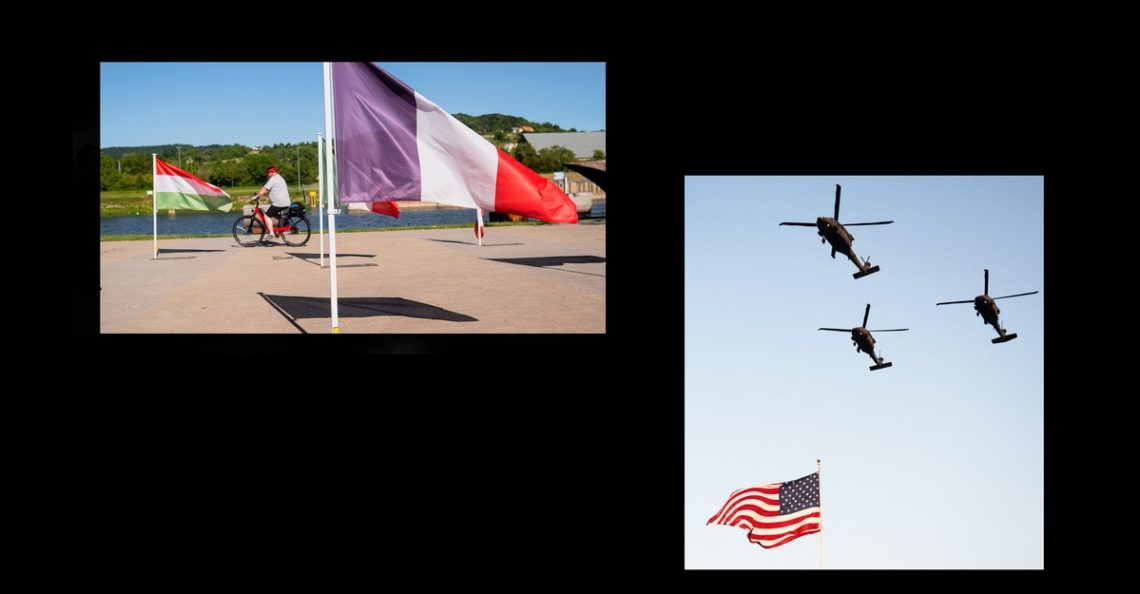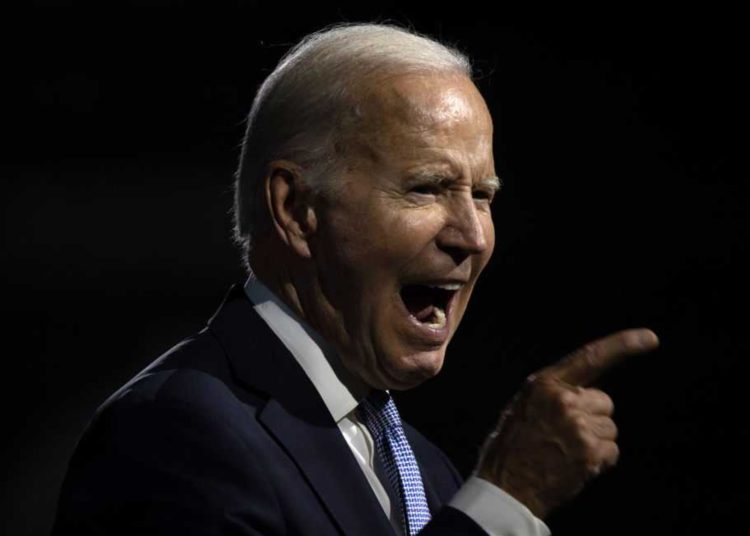As tanks roll through Washington today to mark the U.S. Army’s 250th birthday—and the 79th birthday of President Donald Trump—Europe is commemorating a different anniversary, not with combat vehicles but with a passenger liner moored near a riverbank.
Dignitaries from across Europe are gathering in Schengen, a riparian village in Luxembourg, to celebrate the creation of an international agreement to abolish controls at their countries’ common borders. The agreement, signed on June 14, 1985, turned the little-known village into a landmark of European integration; today, Schengen is synonymous with the experiment the agreement spawned—an area of borderless travel that has grown to encompass 29 nations and more than 450 million people.
The anniversary celebration in Schengen features artifacts of the treaty-making process, including the MS Princesse Marie-Astrid, the refurbished cruise ship where diplomats from the five original signatory states—France, West Germany, Belgium, Luxembourg, and the Netherlands—convened on the Moselle River to dismantle border controls. Their aims were practical: The Schengen Agreement was intended to make life more convenient for people—to send a message to workers and vacationers to “pass, pass, pass,” as one of the signers told me during research for my book about Schengen. “In principle, you can pass; and we presume that you’re honest.”
But the agreement took on greater symbolic meaning. Schengen embodied the values of liberal internationalism that were ascendant at the so-called end of history, fulfilling the promise of a community of nations where people, goods, capital, and information all would circulate freely. If the Abrams tank is the key symbol of American military might on display today in Washington, the passenger ship anchored in Schengen showcases a very different vision of the international order, one premised on mobility, connection, and cross-border exchange—on the right “to travel, to migrate, to circulate, to receive and be received,” as one Senegalese migrant in Paris put it in the years after Schengen’s founding.
Of course, both visions are legacies of the defeat of fascism and the end of the Cold War: a strong United States that vanquished enemies of freedom, a peaceful Europe where erstwhile adversaries worked to eradicate borders that once stood as battle lines. For a time, these visions coexisted. Now they seem to be coming apart. That’s all too clear in the contempt that senior members of the Trump administration have expressed for longtime allies; the defense secretary, Pete Hegseth, called Europe “PATHETIC” in a private chat on the Signal messaging app. It’s also clear in the administration’s escalating crackdown on immigration, and in the deployment of Marines in response to protests in Los Angeles. The vision of free movement animating Schengen is not one shared by Stephen Miller, to say the least.
But Schengen is a peculiar creation, in a way befitting our disorienting times. As I explore in my book, the agreement hardly envisioned unrestricted mobility. Instead, it paired the free movement of European citizens with the exclusion of unwanted outsiders, termed “undesirable” and ranked according to the level of risk they posed to Europe. The agreement assigned participating nations new responsibilities to police the Schengen Area’s borders. And it gave them the authority to reintroduce internal controls in the event of a serious threat to “public policy” or national security.
Nations have done so repeatedly over the past decade, since Europe was jolted by the arrival of an estimated 1.3 million asylum seekers in 2015. A series of deadly terrorist attacks added to the impetus to crack down. Unrelenting emergencies over the past five years—the coronavirus pandemic, Russia’s war in Ukraine, and spasms of violence in the Middle East—have put still more pressure on European states to step up border checks. Recently, Germany vowed to maintain controls at all nine of its land borders, citing “high levels of irregular migration and migrant smuggling,” as well as the country’s strained asylum system and the “global security situation.” The Netherlands closed its borders in part because of the “pressure on public services” from an influx of migrants and asylum seekers. Multiple Nordic countries, meanwhile, point to the threat of Russian sabotage, among other destabilizing cross-border activities, to justify renewed border checks.
Yet 40 years on, the Schengen Agreement is so interwoven into the fabric of European life that nations no longer have the resources or logistical capabilities necessary to seal their borders. There are border checks, at least in some places, but moves to reintroduce controls on a large scale have been mostly symbolic. And for all the opposition to mass migration, which has fueled far-right politics on both sides of the Atlantic, the free movement of people and goods remains one of the European Union’s most popular policies. Perhaps that reflects Schengen’s origins as an innovation designed to improve everyday life, not a show of force or revolutionary transformation. Or perhaps it reveals that values of peace and pluralism are still deeply held by large parts of Western society.
Both, in fact, define the view of Robert Goebbels, who, as Luxembourg’s delegate to the negotiations 40 years ago, helped draft the agreement and chose Schengen as the site of the signing ceremony. I wrote to Goebbels, who has since gone on to serve as a government minister and then a member of the European Parliament, on the eve of today’s twin anniversary celebrations. Schengen, he told me, is a “peace project,” binding nations once engaged in bloody conflict and “offering liberties and well-being to 450 million Europeans.” Trump, meanwhile, “celebrates himself.”
The post A Very Different Anniversary Celebration appeared first on The Atlantic.




